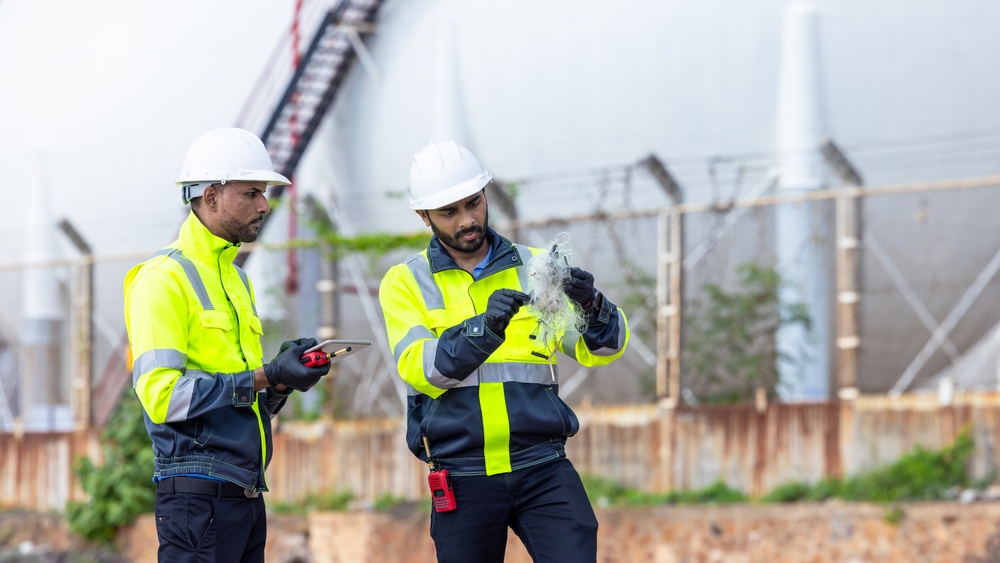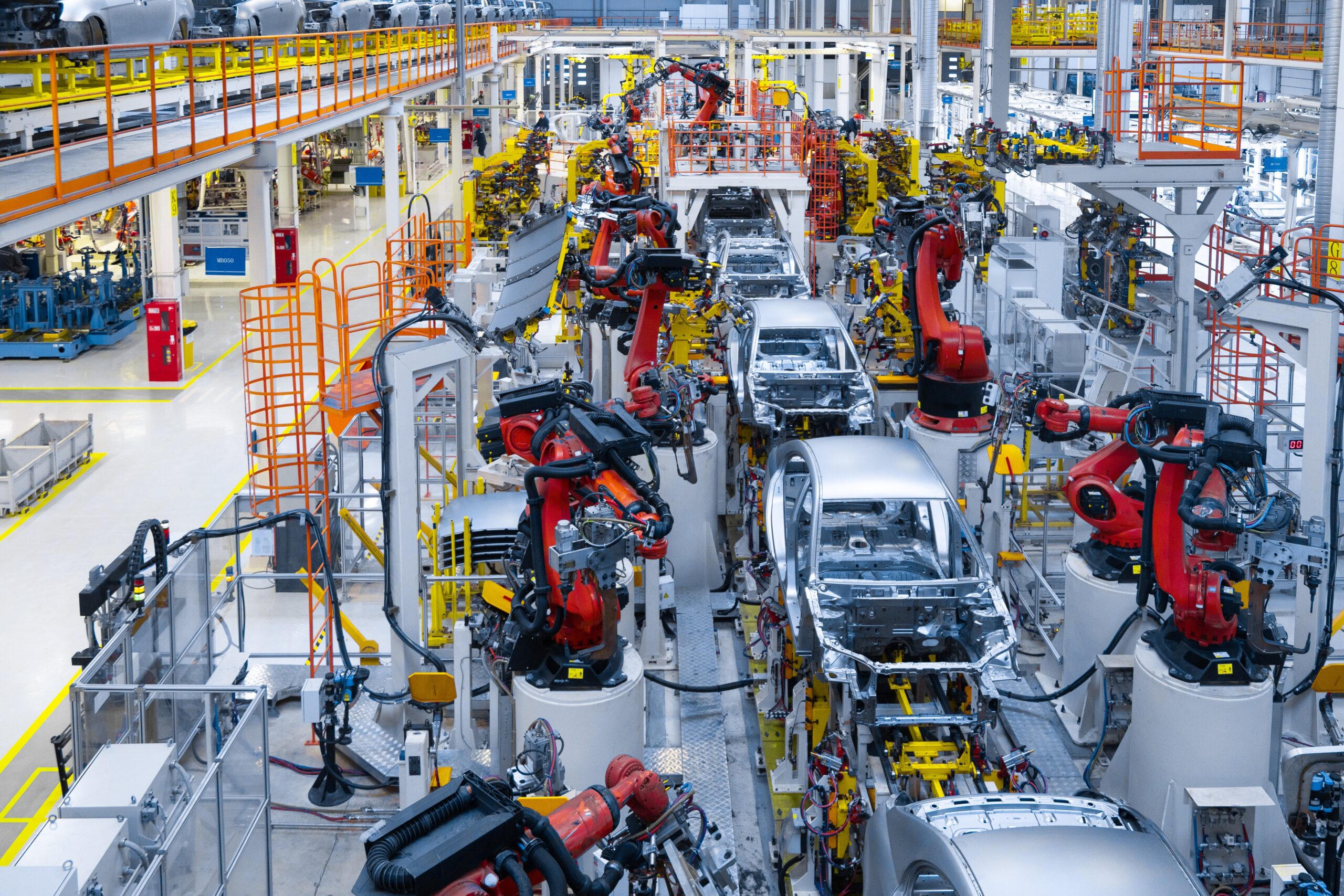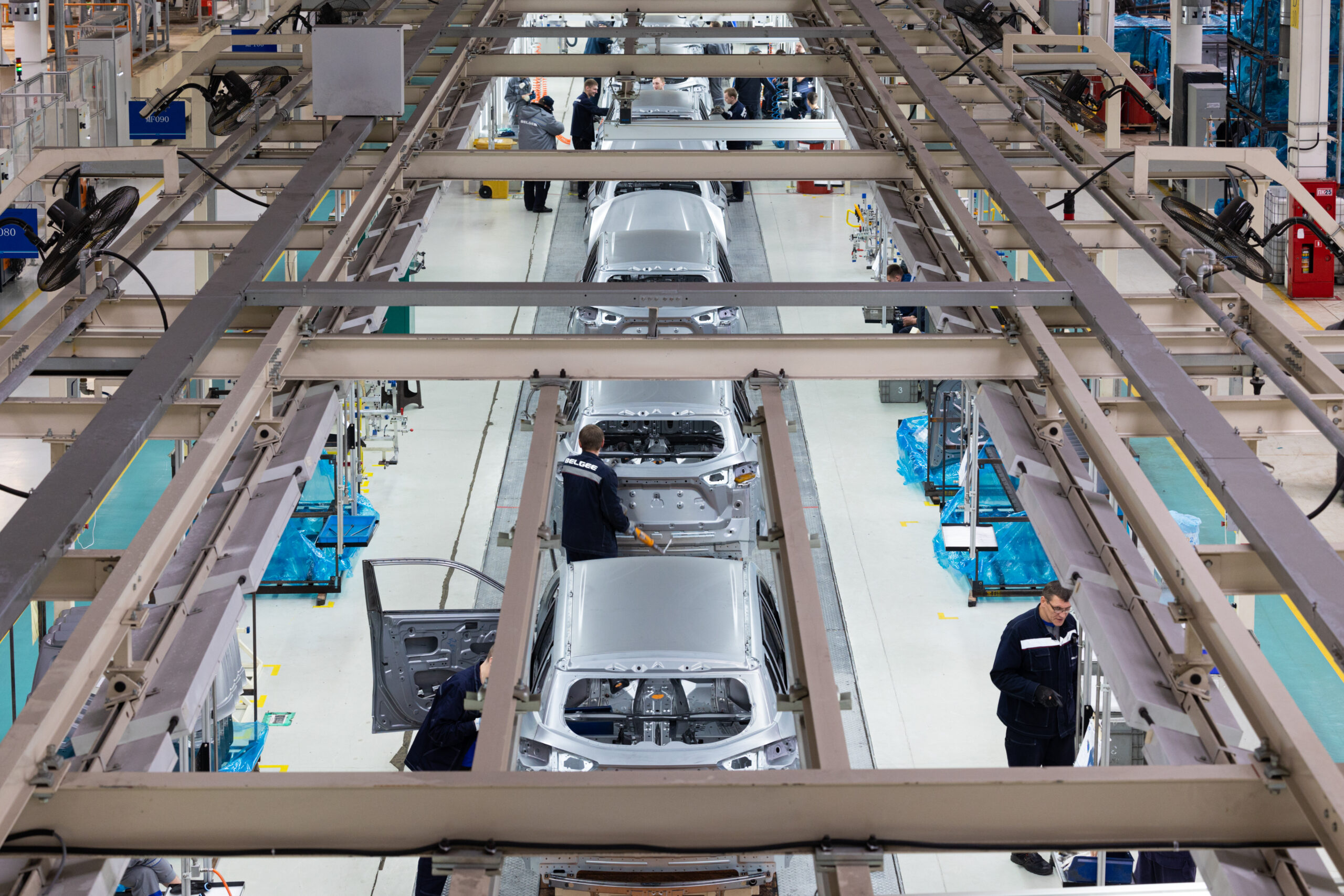How SaaS Solutions Are Transforming Chemical Safety and Waste Management The chemical industry plays a critical role in modern life, driving innovation …

The Hidden Costs of Reactive Maintenance—and How to Avoid Them
Why Reactive Maintenance Still Persists
In many industries, from manufacturing and logistics to infrastructure and transport, organizations still rely on a reactive approach to maintenance—waiting for equipment to fail before addressing the problem. On the surface, this method appears practical. It avoids upfront investments in monitoring tools, reduces the need for planned downtime, and requires fewer specialized resources. But beneath this short-term logic lies a series of escalating risks. Every unplanned breakdown interrupts operations, increases costs, and undermines both safety and sustainability. In a business environment where efficiency and ESG performance are increasingly non-negotiable, reactive maintenance is a hidden liability that organizations can no longer afford to ignore.
The True Costs of Waiting for Failure
Reactive maintenance creates a domino effect that extends far beyond repair bills. A single breakdown can bring an entire production line to a halt, disrupt service delivery, and leave assets sitting idle while consuming standby energy. Emergency repairs often cost significantly more than preventive measures because they demand last-minute labor, urgent shipping of parts, and, in many cases, replacement of entire systems rather than smaller components. Beyond financial losses, reactive maintenance shortens the lifecycle of assets, forcing companies to invest in new equipment prematurely. It also carries environmental costs—inefficient machines consume more energy before failure, while frequent part replacements generate waste that undermines sustainability targets.
The Risks to Safety and Compliance
Perhaps the most overlooked consequence of reactive maintenance is the heightened safety and compliance risk. When equipment fails without warning, employees are exposed to unsafe working conditions, and the likelihood of accidents rises. Faulty systems can also lead to environmental hazards, such as chemical leaks or excessive emissions, which carry reputational damage and potential regulatory fines. For organizations aiming to demonstrate ESG alignment, a “run-to-failure” mindset directly contradicts their commitments. Regulators, auditors, and investors are no longer satisfied with companies that claim to be sustainable while tolerating unsafe or inefficient operations.
Why Sustainability and Reactive Maintenance Don’t Mix
From an ESG perspective, reactive maintenance works against every major objective. Energy usage spikes as assets deteriorate, generating avoidable emissions. Waste streams grow as equipment is scrapped earlier than necessary. Production disruptions create inefficiencies across entire value chains, which cascade into higher energy consumption and unnecessary logistics activity. For companies under pressure to meet science-based targets or investor-driven disclosures, reactive practices erode credibility. The reality is clear: sustainability cannot be achieved if maintenance remains an afterthought.
Here are the most damaging effects of reactive maintenance:
- High costs from unplanned downtime, often reaching hundreds of thousands per incident
- Expensive emergency repairs that demand premium labor and rushed shipping
- Shortened asset lifecycles, driving unnecessary resource use and capital expenses
- Increased safety incidents and compliance breaches, exposing firms to fines and reputational harm
- Rising emissions and waste streams, undermining ESG performance and disclosures
Moving from Reactive to Proactive
The good news is that organizations no longer need to remain trapped in a cycle of crisis response. Preventive and predictive maintenance approaches offer a structured, data-driven alternative. Preventive maintenance schedules ensure that assets are serviced regularly, extending their lifespans and reducing surprise failures. Predictive maintenance, powered by IoT sensors and AI-driven analytics, takes this further by monitoring vibrations, temperature, and energy consumption in real time to predict when equipment is at risk. Instead of relying on rigid calendars, companies can intervene precisely when needed, maximizing efficiency while minimizing costs.
What POSITIIVPLUS Brings to the Table
POSITIIVPLUS helps companies elevate maintenance from a reactive cost center into a sustainability enabler. Its Data Manager consolidates information from IoT devices, service logs, and operational dashboards, providing a clear view of equipment health across facilities. The Carbon Analyzer quantifies the environmental footprint of inefficient assets, translating maintenance decisions into measurable ESG impact. Its Report Builder generates audit-ready outputs that demonstrate how proactive maintenance contributes to reduced emissions, lower waste, and safer workplaces—critical for ESG disclosures and investor confidence. The Training Center empowers staff and suppliers with the knowledge to recognize early warning signs, adopt energy-efficient practices, and align daily actions with corporate sustainability goals. Together, these modules ensure that maintenance is not only proactive but also fully integrated into the company’s compliance and ESG strategy.
The ROI of Proactive Maintenance
Companies that shift away from reactive strategies consistently see substantial financial and operational returns. Maintenance costs fall by as much as 30–40% as breakdowns are prevented. Equipment reliability improves, reducing downtime by up to 70%. Energy savings of 20–25% are common, thanks to more efficient asset performance. Longer equipment lifespans also reduce capital expenditure, while safer operations lower insurance costs and protect brand reputation. When combined with automated sustainability reporting, these gains build a compelling business case that extends beyond cost savings into long-term competitiveness.
Building a Culture of Prevention
Technology is only one side of the solution. To fully realize the benefits of proactive maintenance, companies must embed a cultural shift. Teams need to view maintenance not as a burden but as a driver of efficiency and sustainability. Regular training, performance incentives, and integration of maintenance metrics into ESG targets all help sustain this cultural change. Over time, maintenance becomes not just a technical function but a core pillar of operational resilience.
Conclusion
Reactive maintenance may seem less costly in the short term, but its hidden expenses—financial, environmental, and reputational—are too great to ignore. By adopting preventive and predictive strategies supported by platforms like POSITIIVPLUS, companies can reduce risks, cut costs, and align operations with their sustainability commitments. In today’s competitive and regulated landscape, maintaining equipment is no longer about keeping machines running—it is about keeping businesses credible, compliant, and future-ready.
Emerging Trends in Chemical Regulatory Reporting for 2025 and Beyond. The chemical industry is entering a transformative phase where regulatory reporting is …
The Role of ESG in Building a Sustainable Chemical Supply Chain The chemical industry is at the heart of global progress, powering …
Global Chemical Safety Compliance Challenges Faced by Manufacturers The chemical industry is one of the world’s most dynamic and impactful sectors, fueling …
Workforce Training for the Future of Mobility The automotive sector is in the midst of a speeding change with the advent of …
EV Manufacturing and Carbon Reduction Roadmaps The transition to electric vehicles (EVs) is revolutionizing the automotive sector. As EVs hold the promise …
IATF 16949 Compliance Made Simple in Automotive Manufacturing Obtaining compliance with IATF 16949, the worldwide quality management standard for the automotive market, …
Reducing Automotive Recalls with Data Manager Automotive recalls are expensive, harmful to brand image, and disruptive to production timelines. No matter the …







